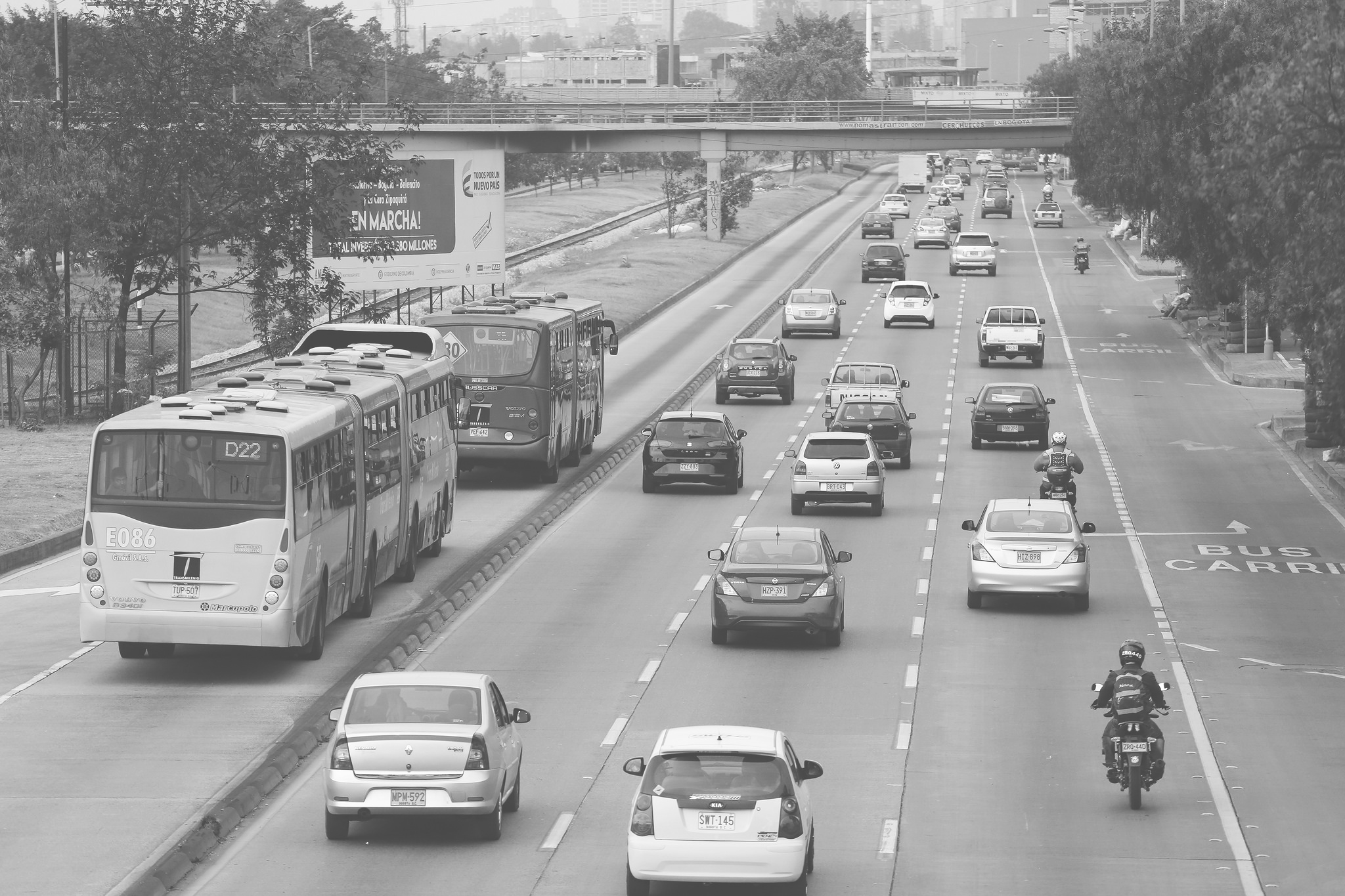Promoting mobility and walkability through planning and financing strategies

Promoting mobility and walkability through planning and financing strategies

Transit-oriented development, commonly known as TOD, is a planning and design strategy that focuses on creating urban development patterns which facilitate the use of public transit,walking and cycling, as primary modes of transport and which supports vibrant, diverse and livable communities. This is achieved by concentrating urban densities, communities and activities within a 5-10 minute walking distance from mass rapid transit stations (both bus and rail-based), developing quality urban space and providing convenient and efficient access to a diverse mix of land uses.
In the mid-1960s, to keep pace with Curitiba’s surge in population, traffic congestion, and uncontrolled urban sprawl, the City shifted its urban planning strategy from a radial growth pattern to a linear model with Transit Oriented Development at its core. This study depicts how TOD enabled Curitiba to reduce downtown traffic congestion and urban sprawl, and improve quality of life and access to public space for the residents. The City’s forward-thinking efforts have made Curitiba a global model in low carbon urban development practices.
This case study showcases that how cities through concerted efforts can make a shift toward an ecomobile culture within their jurisdiction. Kaohsiung is committed to developing a world class culture of ecomobility. Through its effective policies and actions, the City is establishing a people-centered transportation environment by creating a seamlessly integrated public transport network.